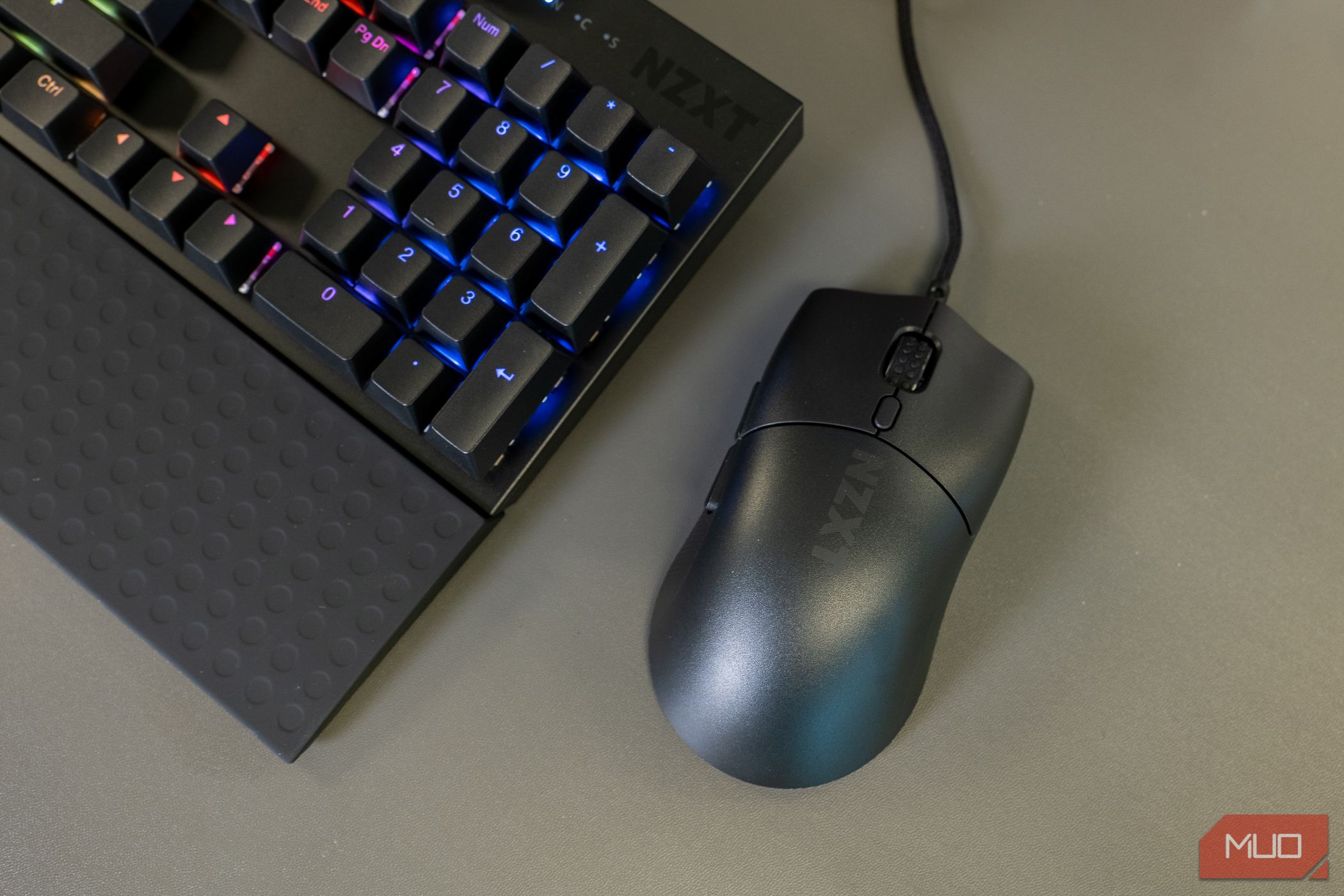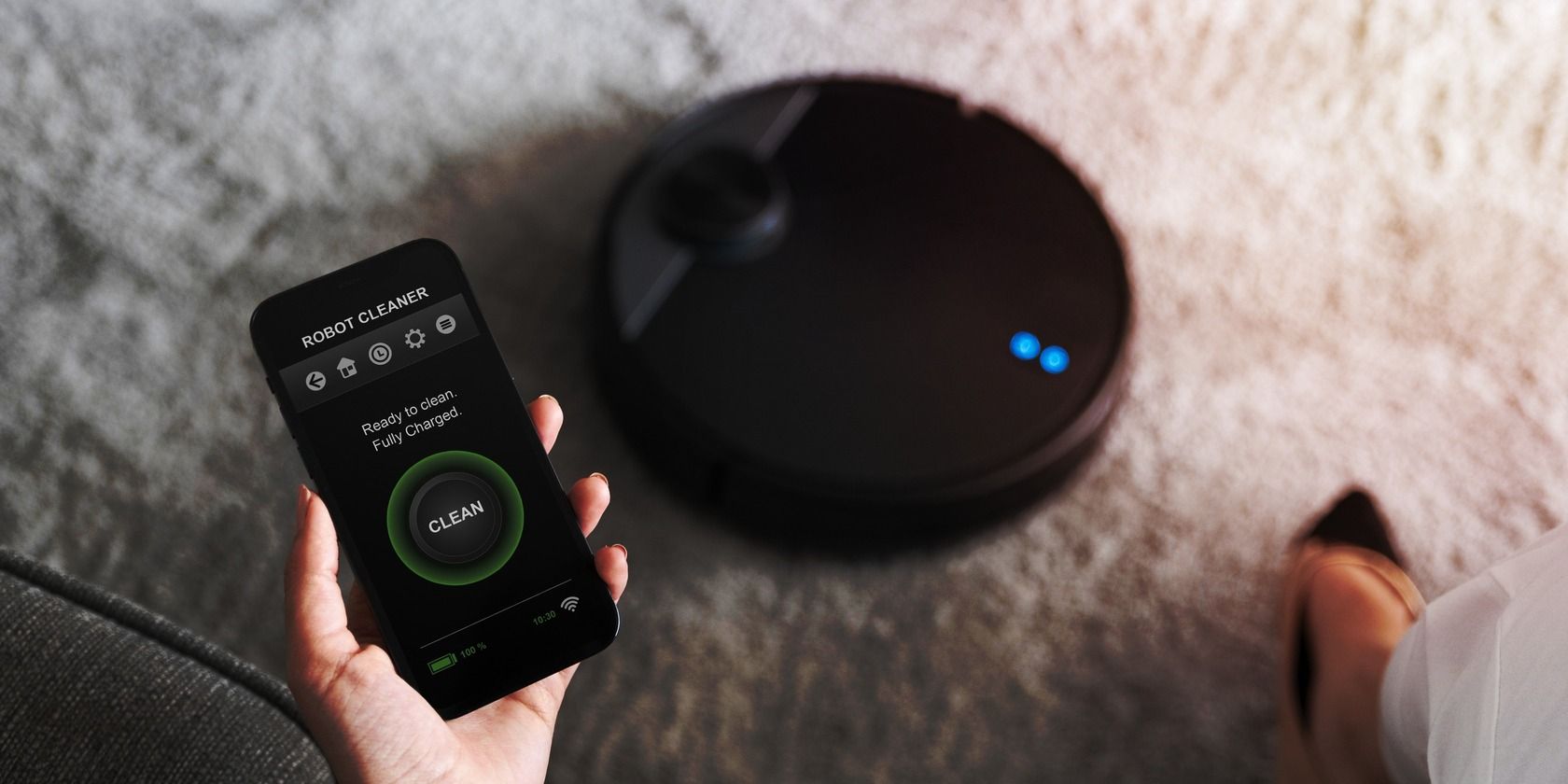Thermal Properties of Microvia
Microvia are used as the interconnects between layers in high density interconnect (HDI) substrates and printed circuit boards to accommodate the high input/output density of advanced packages. The HDI structure is dependent upon good thermo-mechanical reliability of the vias, as well as good thermal conductivity of the copper plating.
There are many factors that can influence the thermal properties of a microvia, including the shape and size of the hole, copper foil thickness, laser drilling process, and dielectric material. The PCB manufacturer’s selection of drilling and plating technologies will also have an impact on these properties. The PCB designer must be aware of these issues, as they can impact the overall quality and reliability of a microvia.
The first consideration is the shape of a microvia. In general, the smaller a hole is, the better. However, there are some tradeoffs associated with small holes: smaller hole diameters require larger copper plating areas to maintain their conductivity, and smaller hole sizes may cause problems during the etching process.

What Are the Thermal Properties of Microvia?
The second factor is the type of copper foil used to form a microvia. The foil thickness is important, as it impacts the microvia’s conductivity and heat dissipation capabilities. Using thicker foils increases the conductivity of a microvia, but it can also increase the stress at the via/pad interface and introduce failure modes such as stress fatigue and delamination.
Another important factor is the aspect ratio of a microvia. This is important because it can affect the likelihood of failure during thermal cycling. As the plated copper in a microvia expands and contracts during thermal cycling, it can induce stresses that can lead to failure. These failure modes typically occur at the via/pad interface, or in the knee region of a blind microvia where the copper slopes into the top pad.
While it is difficult to predict the exact failure mode of a specific microvia, some general trends can be identified from a number of different studies. In general, higher aspect ratios are more prone to failure than lower aspect ratios. However, the exact cause of this trend is not fully understood.
Fortunately, there are a number of design strategies that can help reduce the risk of microvia-related failures. The first is to use a lower aspect ratio when possible, as this can improve the reliability of a microvia. In addition, a staggered microvia design strategy can help reduce the chance of failure at the interconnect between stacked microvias. The use of copper wrap plating can also help prevent voiding, which has been found to contribute to microvia failure during thermal cycling. Finally, reducing the temperature at which the PCB is etched can also reduce the likelihood of microvia failure.




